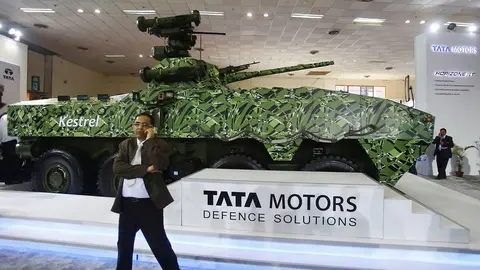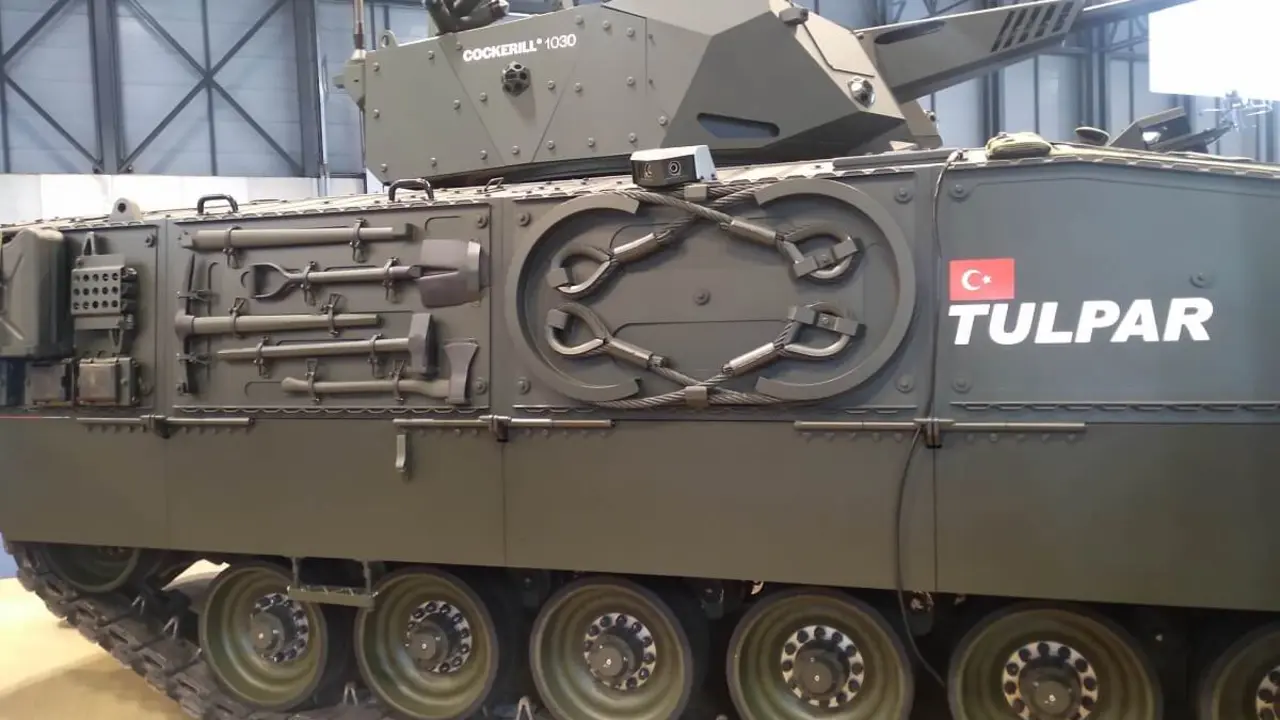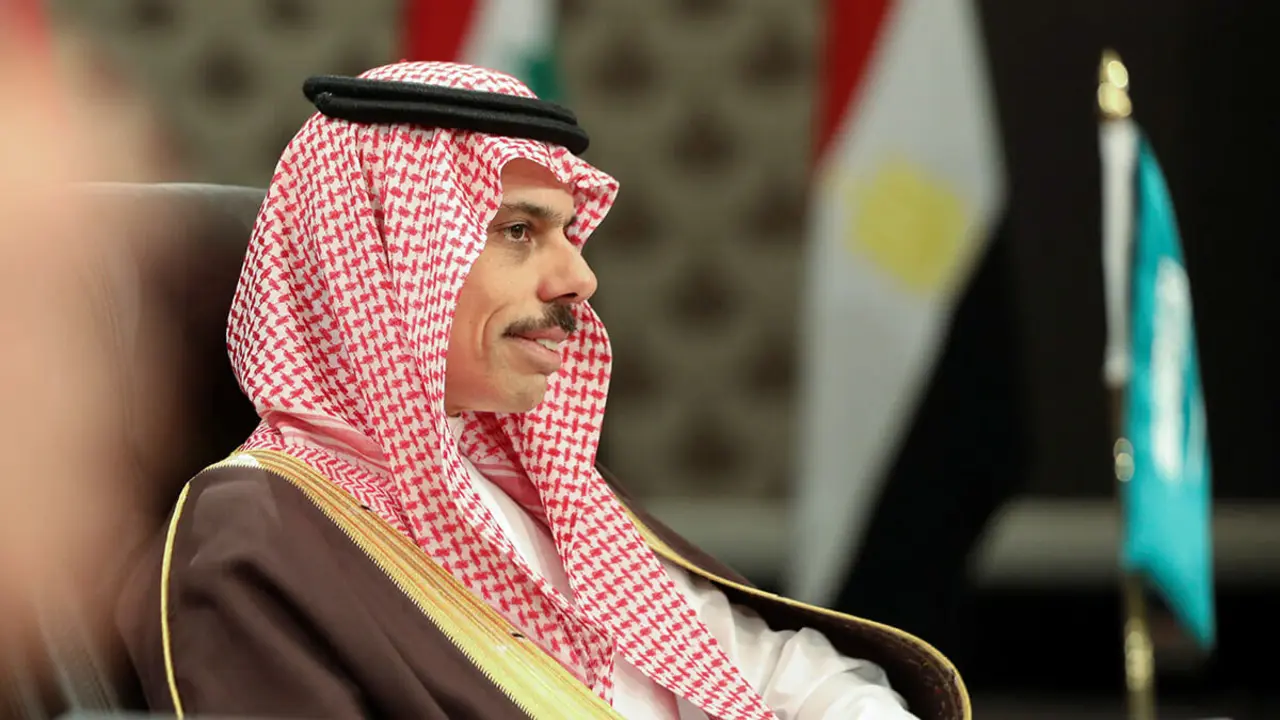India is making decisive progress in the race for hypersonic weapons
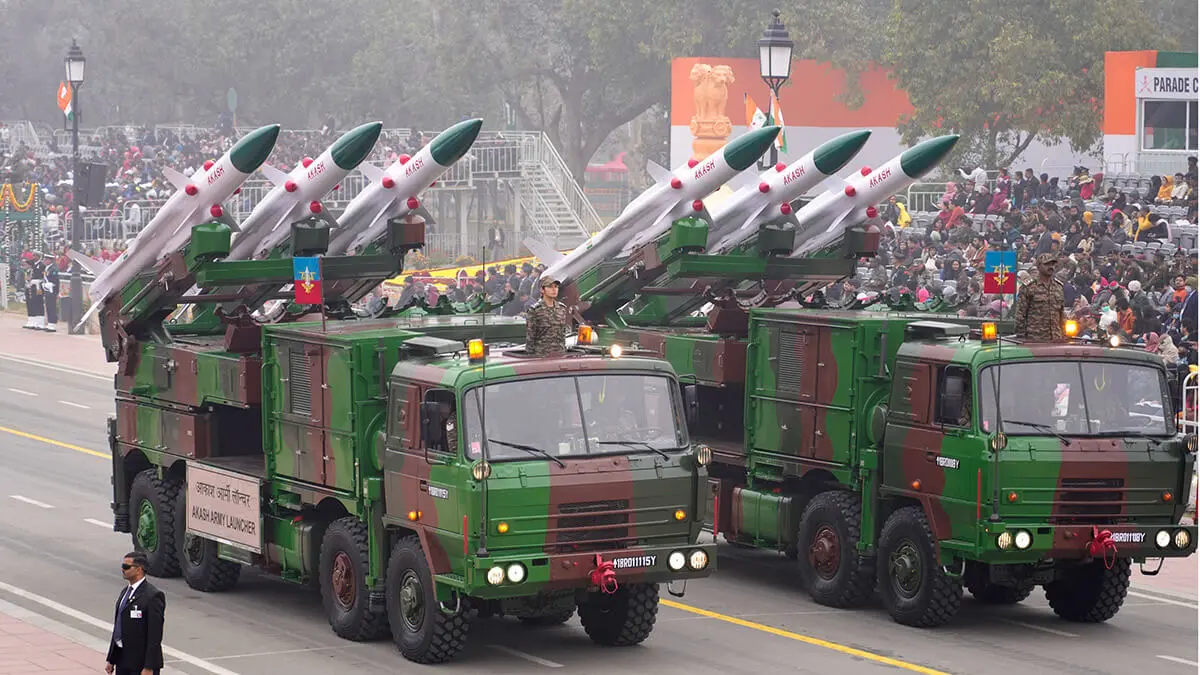
As global competition for hypersonic weapons intensifies, India has taken an important step forward with the recent completion of an active cryogenic combustion engine. This achievement comes just two months after the successful test of its first locally developed long-range hypersonic missile, as reported by the EurAsian Times.
Last November, India also carried out a test launch of a supersonic long-range missile capable of carrying multiple payloads at distances of over 1,500 km.
The Defence Research and Development Organisation of India (DRDO) has demonstrated its ability to build an active cryogenic combustion chamber, a crucial advance for the development of supersonic vehicles.
Hypersonic weapons technology allows countries to combine extreme speed, manoeuvrability and low-altitude flight, making them considerably more difficult to detect and track. Unlike traditional ballistic missiles, hypersonic weapons do not follow a predictable trajectory but can manoeuvre during flight, making them even more unpredictable and lethal.
Hypersonic cruise missiles are capable of reaching speeds of over 5,400 kilometres per hour, which is equivalent to more than five times the speed of sound.
There are two main categories of hypersonic weapons: air vehicles, which are launched from a missile and then glide towards their target, and winged missiles, which have high-speed or jet engines to maintain high speed until they reach their destination.
Scramjet engines are a key technology in this type of missile. These engines allow combustion at supersonic speeds without the need for moving parts, which makes them more efficient and resistant to the extreme demands of hypersonic flight.
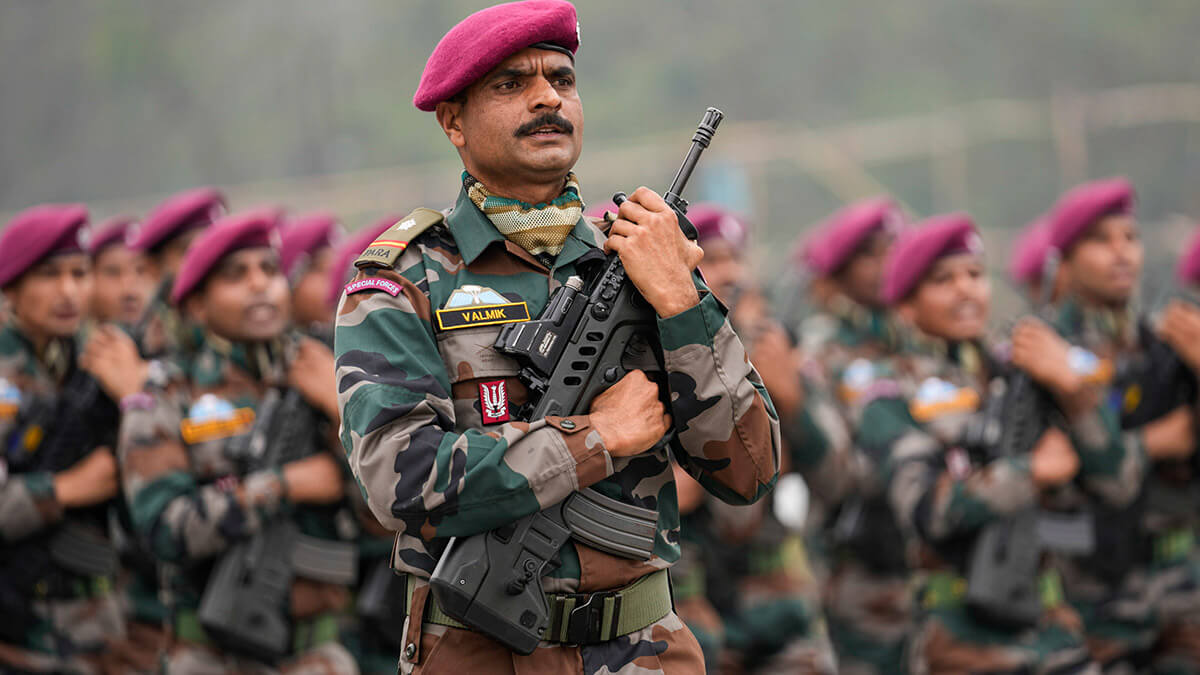
In this regard, the DRDO announced that ground tests of Scramjet engines have shown outstanding results, highlighting their potential for practical use in hypersonic vehicles.
In addition, India has developed an advanced thermal barrier coating (TBC) that offers exceptional thermal resistance, allowing it to operate at temperatures above the melting point of steel.
With this test, India joins an ‘elite club’ of countries, including the United States, Russia, China and North Korea, that are leading the development of hypersonic weaponry.
The tests of missiles and Scramjet engines in India came just after China presented its new hypersonic aircraft vehicle, the GDF-600, during its flagship air show in Zhuhai.
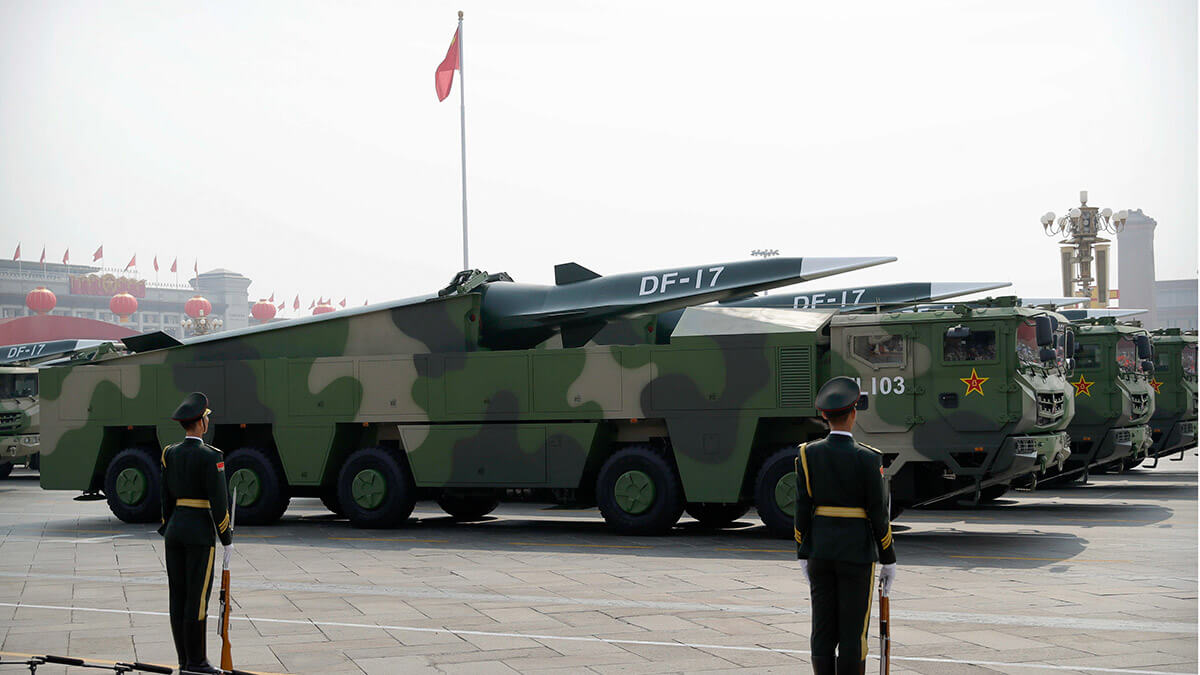
This breakthrough is the result of years of research and development focused on the creation of state-of-the-art hypersonic missiles.
The idea of developing an Indian hypersonic missile was born in 2007, following the army's acquisition of the Brahmos missile system.
In 2009, India and Russia signed a memorandum of understanding that laid the foundations for the development of Brahmos-2, a missile that would use hypersonic Scramjet technology to attack deeply buried nuclear bunkers and other heavily protected targets.
Scramjet technology is a crucial component in hypersonic weapons. Unlike conventional subsonic or ramjet engines, the scramjet uses the force of compressed air at supersonic speeds, combining it with hydrogen fuel.
India began testing Scramjet technology in 2016. In August of that same year, the Indian Space Research Organisation (ISRO) successfully tested two locally developed Scramjet engines.
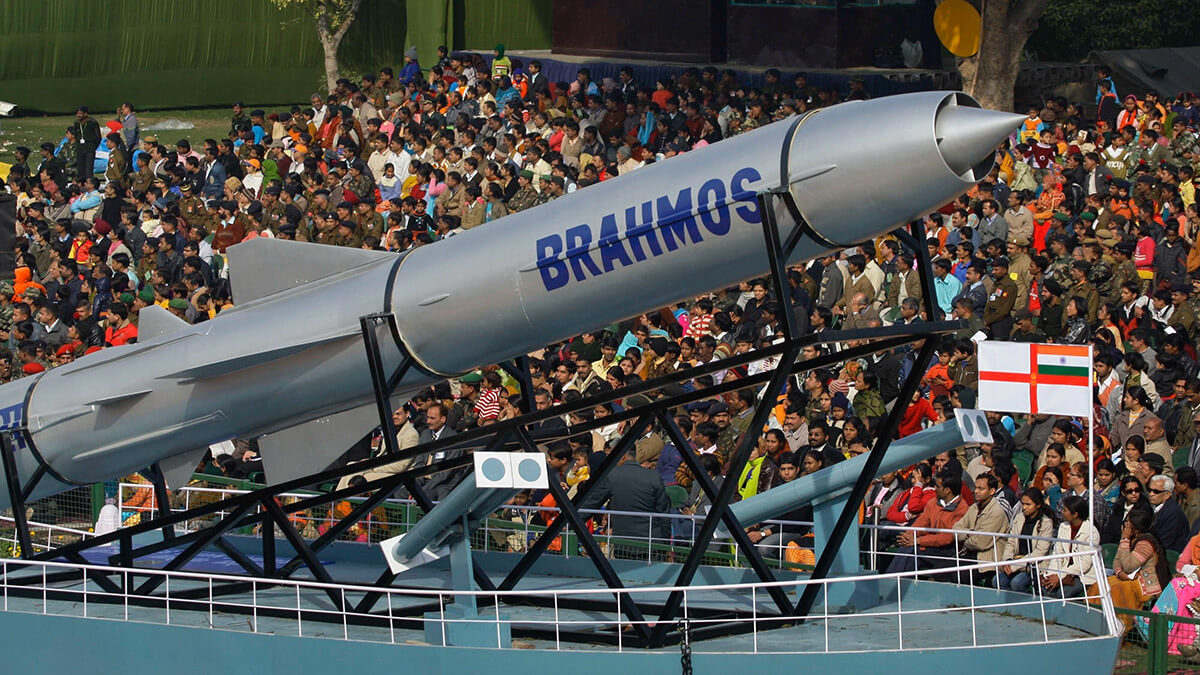
To advance its hypersonic capabilities, between 2019 and 2020, India conducted tests of a hypersonic technology demonstration vehicle (HSTDV) also developed locally. Although the 2019 test failed, the 2020 test was a resounding success, with the Scramjet-powered HSTDV sustaining flight for 22-23 seconds.
According to a statement from the DRDO, the combustion chamber of the scramjet engine uses an advanced method of flame stabilisation that allows for constant combustion even at air speeds exceeding 1.5 kilometres per second.
To develop this system, multiple innovative methods of ignition and flame capture were researched and tested through rigorous ground tests, which finally led to the optimised design of the scramjet engine.
A key breakthrough in this process was the local development of endothermic fuel for the scramjet engine, something that had never been achieved before in India, representing a significant milestone in the research and development of hypersonic technologies.
Globally, the race for hypersonic weapons is intensifying, and China has emerged as a leader in this technology, surpassing both the United States and Russia in the development of high-speed conventional and nuclear weapons.
In 2023, the Chinese army successfully tested its DF-27 medium-range ballistic missile using a hypersonic air vehicle. This advance allowed the DF-27 to easily penetrate missile defence systems.
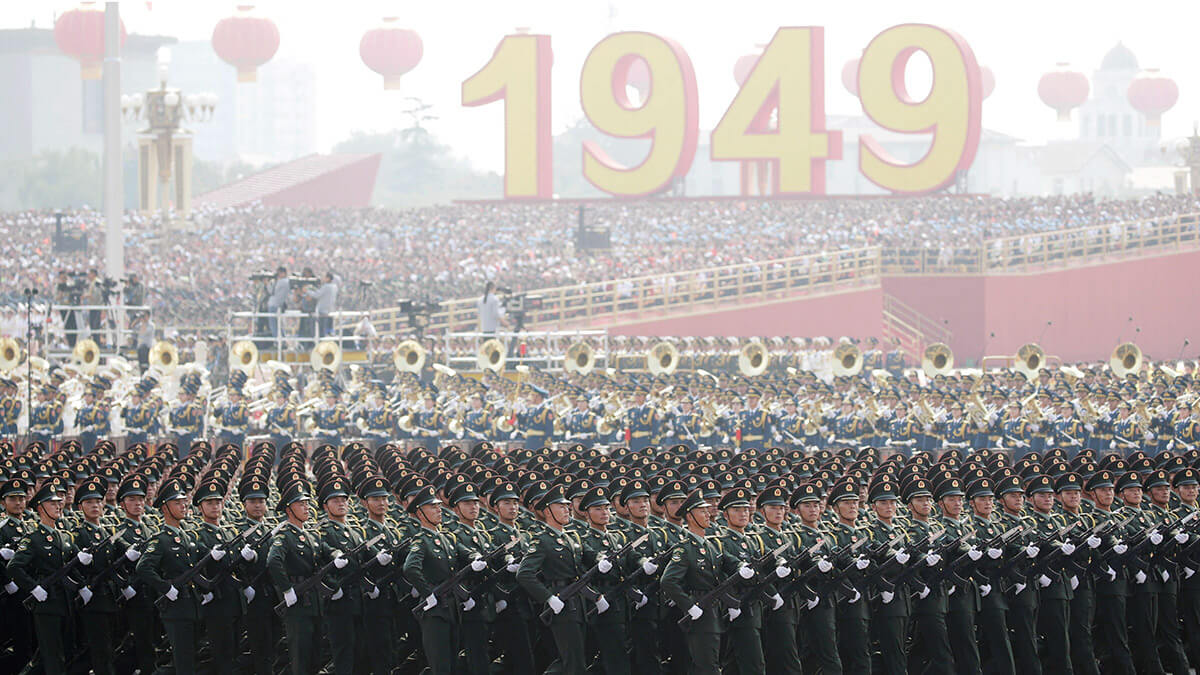
According to the report on Chinese military power for 2023, published by official US organisations, the DF-17 medium-range ballistic missile, equipped with a hypersonic aircraft vehicle, will have a significant impact on the Chinese army's missile capability.
The DF-17 is capable of carrying nuclear weapons, but is designed primarily for conventional missions. This development, together with China's achievements in supersonic aircraft technology, strengthens India's ambitions in the development of hypersonic weaponry.
For its part, the United States is also intensifying its efforts in this field. Last month, the US Army's Office of Rapid Capabilities and Critical Technologies, in collaboration with the Navy's Strategic Systems Programs, successfully completed an end-to-end flight test of a conventional hypersonic missile.
The LRHW, also known as Dark Eagle, is the result of more than two years of efforts dedicated to deploying this weapon from a trailer-mounted launcher. This missile is specifically designed to counter advanced anti-access and area denial capabilities, a key component of China's defence strategy in the Pacific, according to the US Congressional Research Service.
Unlike the Chinese and Russian programmes, the hypersonic weapons developed by the United States will be equipped with conventional rather than nuclear payloads.
The US Congressional report, entitled ‘Hypersonic Weapons: Background and Issues Facing Congress’, notes that US hypersonics are likely to employ greater precision and be technically more difficult to develop than the Chinese and Russian nuclear weapons systems.
Russia has been developing its Sarmat intercontinental ballistic missile, equipping it with the Avangard HGV, a system capable of transporting nuclear warheads.
For its part, North Korean state media reported on the test of the Hwasong 16B supersonic missile, which President Kim Jong Un described as ‘an essential piece of nuclear deterrence’.



